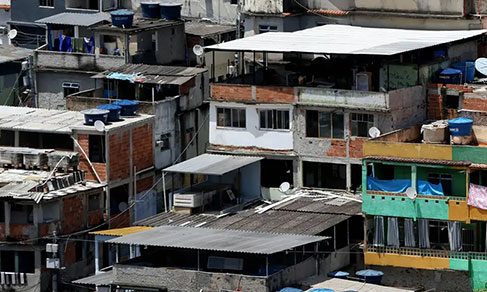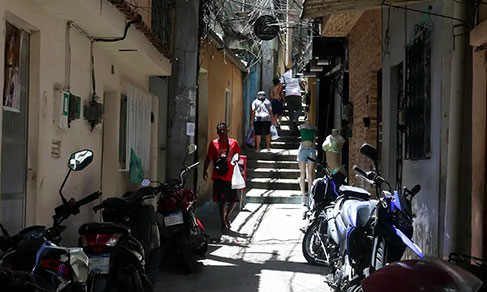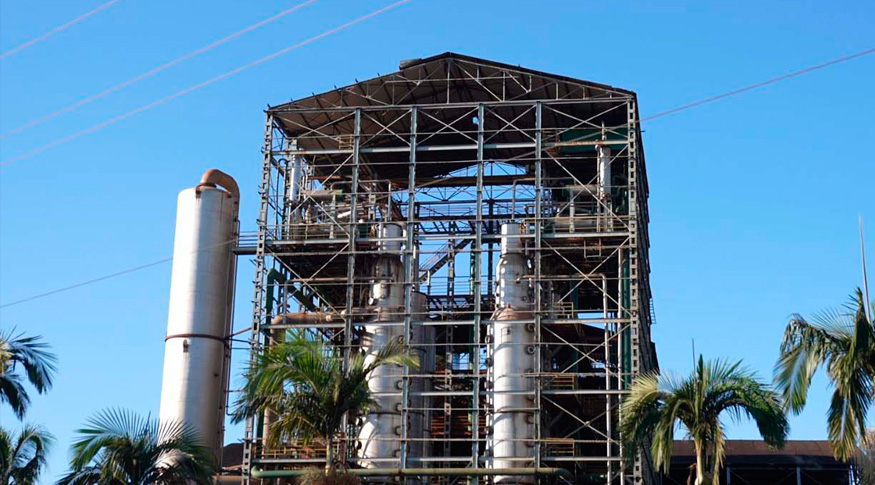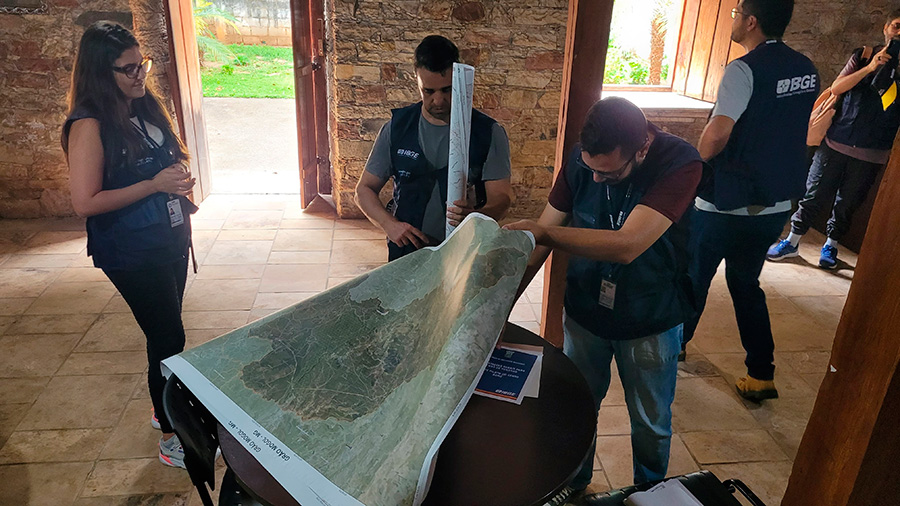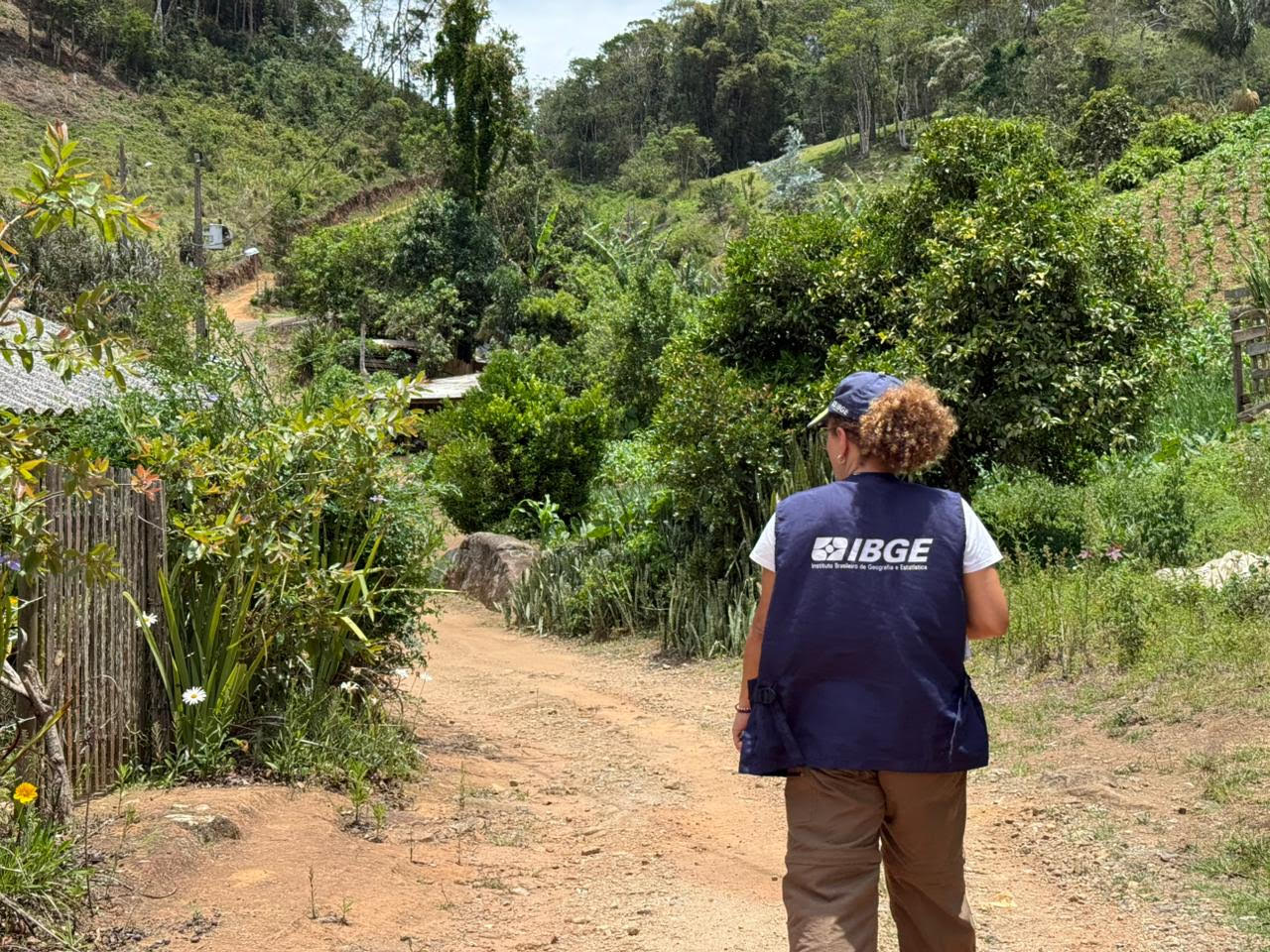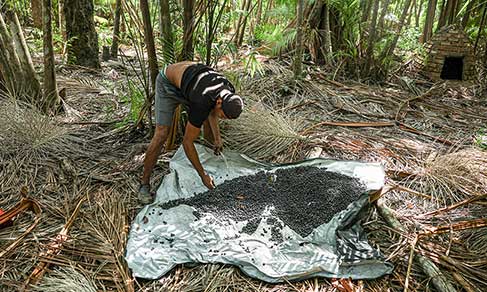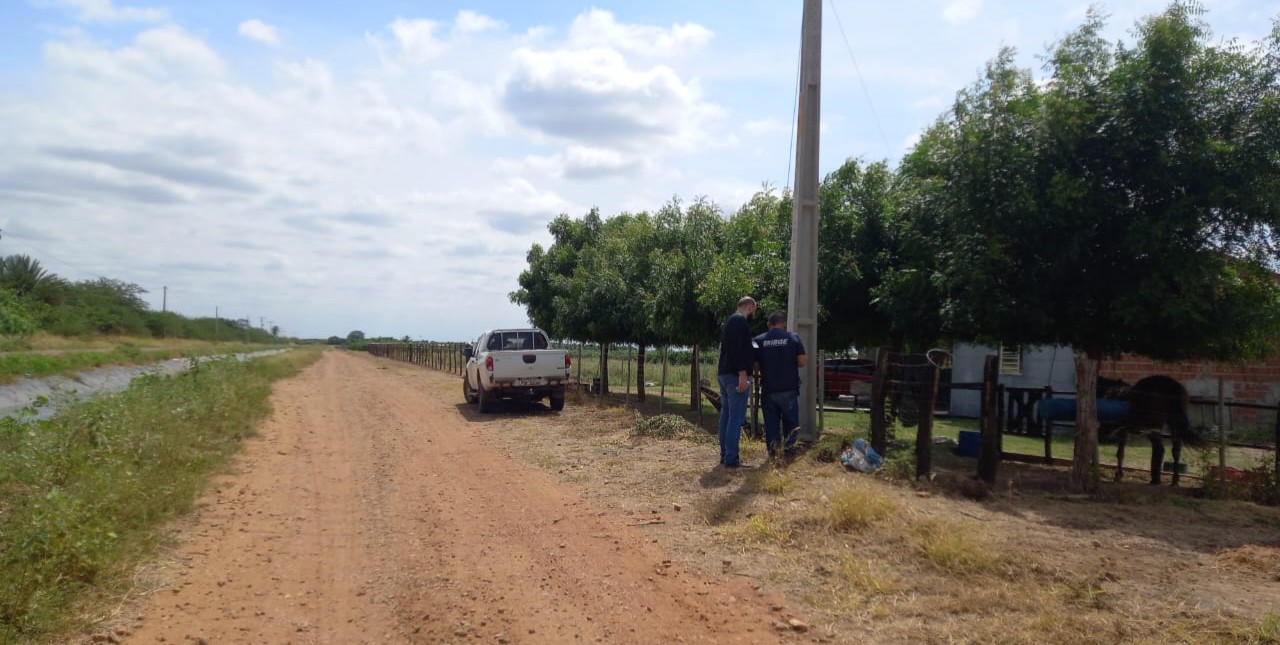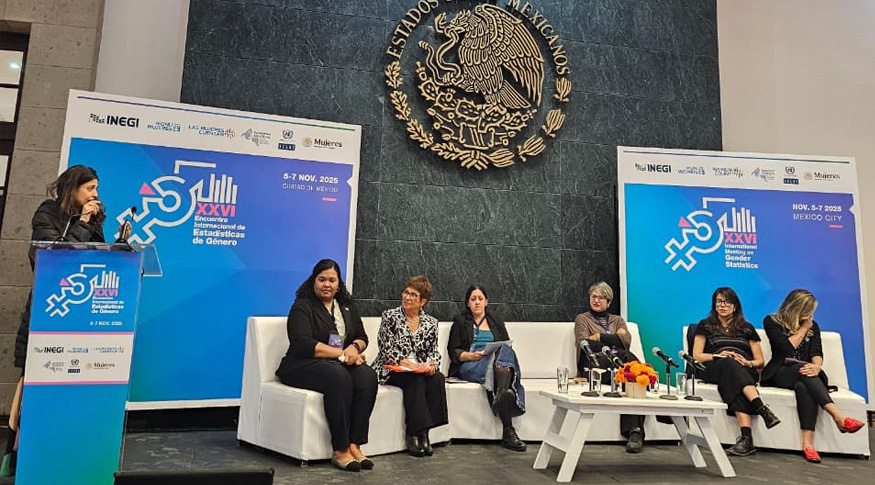Life expectancy of Brazilians increased to 75.8 years
December 01, 2017 09h00 AM | Last Updated: December 04, 2017 01h27 PM
From 2015 to 2016, life expectancy at birth in Brazil increased from 75.5 to 75.8 years, with an increase of three months and eleven days. That indicator shows the average time a person born in a given year is expected to live.
Among the Brazilian states, Santa Catarina records the highest life expectancy (79.1 years), followed by Espírito Santo (78.2 years), Federal District (78.1 years) and São Paulo (78.1 years). Besides those, Rio Grande do Sul (77.8 years), Minas Gerais (77.2 years), Paraná (77.1 years) and Rio de Janeiro (76.2 years) are the only ones whose indicators surpass the national average. The lowest life expectancy figures were those of Maranhão (70.6 years) and Piauí (71.1 years).
These data are presented in the Complete Life Table for Brazil - 2016, released today by the IBGE. The results of this survey are used as one of the parameters to determine the social security factors, in the calculation of retirement pensions of the Social Security General Regime.
From 1940 to 2016, life expectancy of Brazilians rose by more than 30 years
According to the IBGE researcher, Fernando Albuquerque, from 1940 on, with the incorporation of medical advancesto public health policies, the country experienced the first phase of its demographic transition, characterized by the beginning of the decrease of mortality rates.
A little while later, factors such as mass vaccination campaigns, pre-natal care, incentive to breastfeeding, hiring of health community agents and child nutrition programs also started to contribute to the increase of life expectancy in Brazil throughout the years.
From 1940 up to 2016, there was increase of 30.3 years. In spite of the contibuous increase in life expectancy, Brazil is still below countries such as Japan, Italy, Singapora and Switzerland, whose indicator, in 2015, was 83 years of age.
"The after-war period was marked by an intense interchange between the countries. The advances in terms of public health and sanitation programs in which the developed countries had already succeeded were transferred to less developed nations. That was when mortality started to decrease in Brazil. At first the great beneficiaries were children. In Brazil, in 1940, from every one thousand children born alive, 156 had not reached their first year of life. Today, infant mortality is 13/1,000. A while later that decrease of mortality rates was expanded to the population overall," says Albuquerque.
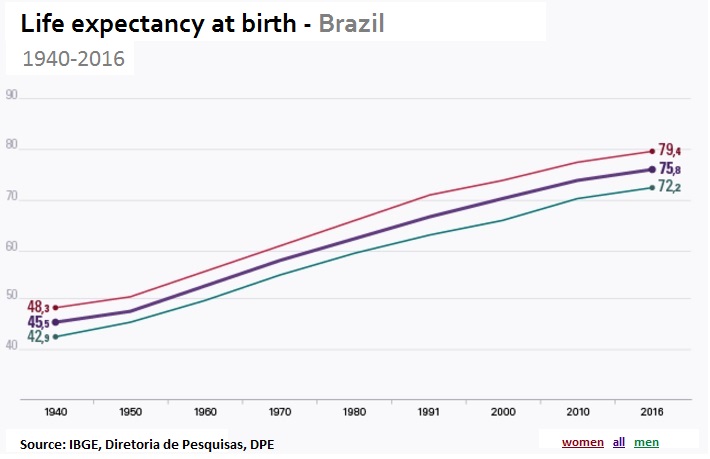
Women live more than men, on the average
The survey also showed that life expectancy of men (72.9 years) was lower than that of women (79.4 years). That natiowide pattern was observed in all the states, with the biggest difference bewteen the sexes recorded in Alagoas (9.5 years in favor of women), followed by Bahia (9.2 years) and by Sergipe (8.4 years).
In the states of Santa Catarina, Espírito Santo, Federal District, São Paulo, Rio Grande do Sul, Paraná and Minas Gerais, the life expectancy of women surpassed 80 years, whereas in the states of Maranhão, Alagoas and Piauí, the life expectancy of men was 66.9 anos, well below the national average.
Albuquerque explains that the differences in life expectancy figures of men and women reflects the high levels of mortality, mainly of youngsters, due to violent causes, results which have a direct effect on the life expectancy at birth of the male population.
Text (in Portuguese): Mônica Marli
Design: Pedro Vidal
Photo: Pixabay




